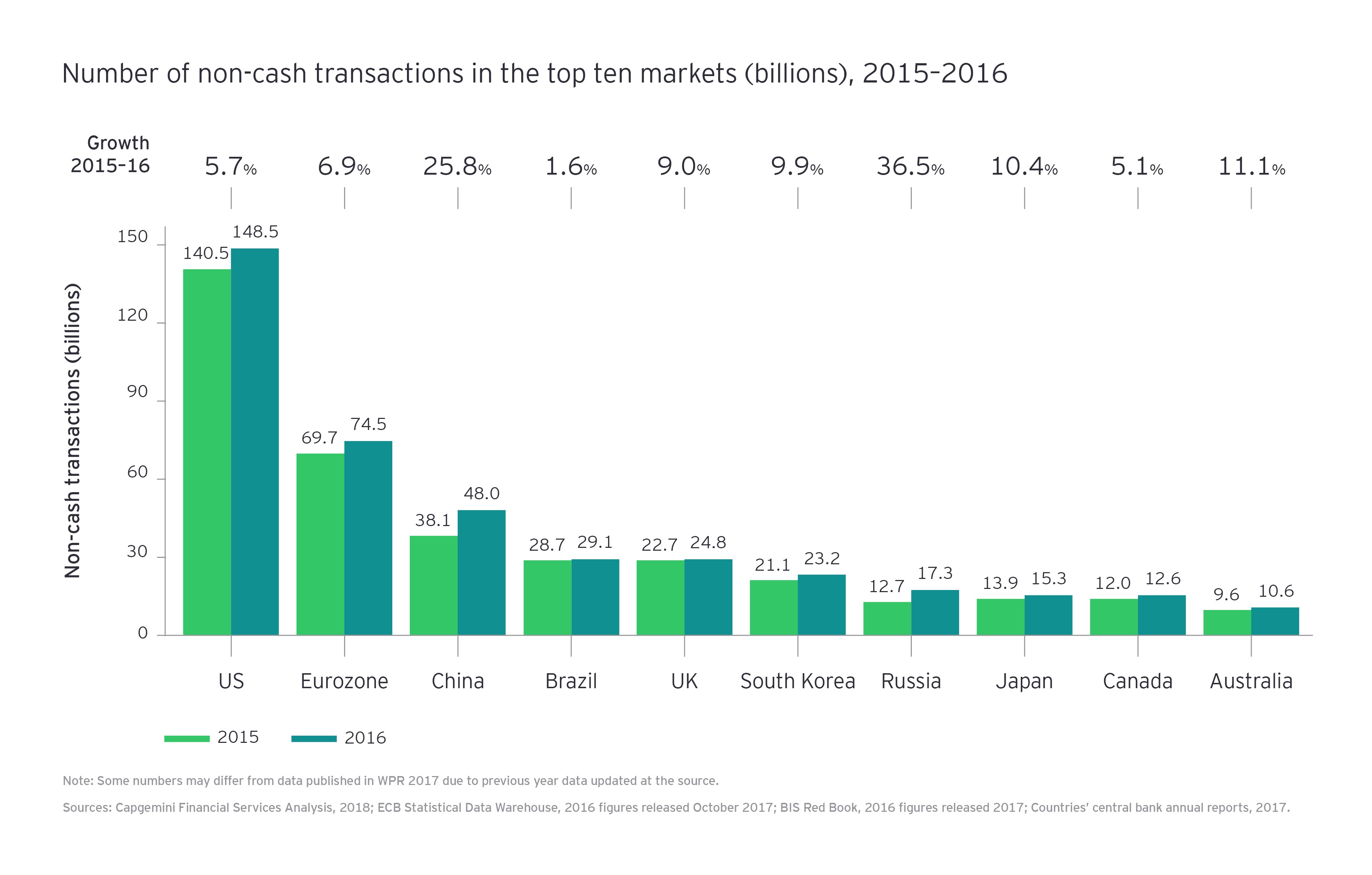A globally connected cashless society is still a long way off
Would a cashless economy be truly global – allowing for transactions to flow seamlessly across borders? The evidence suggests this may not be easily achieved.
We see some countries connecting their real-time systems to allow cross-border transactions, but a worldwide account-to-account automated clearinghouse (ACH) for US$689b of annual global remittances1 is likely years – or decades – away.
Meanwhile, the potential of cryptocurrencies, such as Bitcoin, to create a global digital economy has yet to be fulfilled. And attempts by tech giants such as Facebook to establish their own global digital currency are facing barriers, including consumers’ willingness to use them and the wariness of central banks. Bank of England Governor Mark Carney has stated that Libra must be “rock solid” from day one, while US Federal Reserve Chairman Jerome Powell has warned Libra raises “many serious concerns regarding privacy, money laundering, consumer protection and financial stability.”
A future digital economy must be safe and fair
Cash is costly for banks and a burden for governments combatting the black economy. However, while a cashless society makes sense on many levels, there are hazards in pushing for transformation too hard and too fast. Digital systems must be safe and, critically, fair. Financial inclusion is a global imperative that can be enabled by cashless options that help build a better working world, while unlocking new growth opportunities for banks.



